What is the difference between “What if…” and “What if…”?
I was recently talking with a group of friends who are, like me, small business people. We were talking about wrestling with self-doubt and dealing with our Inner Critic, and the “What if” questions started coming up. You know, the Doomsday Version.
At the same time, these are wonderfully creative people, problem solvers of all types. They (and I) also ask the other “What if…?”
What, I wondered, is the difference between “What if…” and “What if…”?
Let me explain.
The Doomsday Version might include,
- “What if they don’t like me?”
- “What if people don’t understand?”
- “What if it’s cancer?”
- “What if I’m wrong?”
- “What if I look stupid?”
- “What if I build it and nobody comes?”
- “What if I can’t pay my bills?”
- “What if I lose my house?”
…and so on.
Every scientist, artist and other problem solver also asks “What if…” but those questions are very different. The Creative Problem Solver version might include,
- “What if I mix these two colors (or substances)?”
- “What if I used this material?”
- “What if I explored this canyon?
- “What if I brought these teams together?”
- “What if I asked this question?”
So I wondered aloud, how are these questions different, and how might we change the Doomsday Questions that stop us into Possibility Questions that help us move forward?
How do we identify the difference between the “what if” that leads to discovery and the “what if” that hides behind security? One of the differences that is immediately apparent is the addition of certain words – even if they are only implied.
The protector, the inner critic, asks, “(But) what if…” whereas the scientist, the artist, the writer, the explorer, all ask, “(I wonder) what (would happen) if…”
It is the difference between open possibilities and the possibility of Doom
We agreed that the voice of Doom, that voice of Fear, has a role. It is trying to protect us. But too often we don’t question the Doomsday scenario and we let it stop us.
The difference between the Doomsday “What if” questions and the “What if” of Creative Possibilities is the difference between Fear and Curiosity.
How can we tell them apart?
When “What ifs” come up, how can we tell which driver is behind the wheel?
One way is to look at the language. Does the question start with “But?” If so, it is probably Fear speaking.
Does the question begin with “What would happen if…” or, better yet, “I wonder what would happen if…” If so, then it is probably Curiosity speaking.
Take an even closer look. If the question is about things over which I have no control (or think I have no control), it is probably Fear talking. If the question is about things I can do, then it is probably Curiosity speaking.
Can we shift from Fear to Curiosity?
Is there a way to shift from a position of Fear to one of Curiosity? Yes!
How?
The first step is to recognize which voice is speaking. The words themselves are a giveaway, as is the issue of control.
Yet another giveaway is the tone. This can be challenging if the voice is in my own head, but I can still ask, is this a voice of protection or of exploration?
The second step is to ask, is the voice of Fear raising an objection that can be planned for, or is it just raising an old fear that is no longer relevant or is beyond my control?
As Mike and Birdy Diamond pointed out in their Captains Curious post, Fear doesn’t last in the face of Curiosity. Curiosity allows us to plan.
The third step is, as my friend and colleague Michael F. Broom says, to get comfortable with being uncomfortable.
Tara Joyce, who wrote a Captains Curious post about Living the Questions, was the person who introduced me to the concept of the value of living on the “edge of chaos.”
Jeffrey Davis writes about the value of “fertile confusion.”
And Paula Swenson, whose Captains Curious post will appear this week, has written about the importance of “making friends with uncertainty.”
These can all help us move from Fear to Curiosity.
I have learned
Once upon a time, as I was preparing to move to a different city, someone very important to me tried to talk me out of it. She was worried about me, and she was going to miss me (and I her).
“But what if (The Doomsday Scenario happens)?” she asked.
Now, I confess, I had already worried about that possibility. But I had faced it.
“I know what to do if it does,” I said, “Besides, what if it doesn’t?” I asked. “What if I live happily ever after?”
I chose not to live in fear of something over which I had no control.
As I have learned (over and over) to walk not in Fear but in Curiosity, making a comeback from one challenge after another, I have learned that “what if” can feel like chaos, like confusion, like uncertainty.
But it is almost never as bad as I fear.
Sometimes it is worse, but it might only be the edge of chaos. It could be fertile confusion. I can make friends with uncertainty. I can chose adventure. I can choose wonder.
As I write this, I am reminded of a scene from one of my favorite movies, “2010.”
It might be horrible.
Or it might be something wonderful.
I can choose what questions to ask, and how to plan.
And so can you.
Would you like to receive these posts, and the Captains Curious, in your inbox? Click Here.
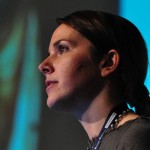
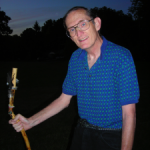
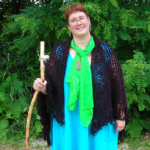
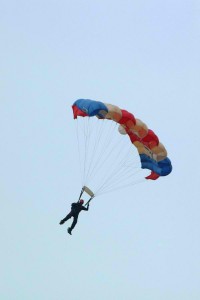

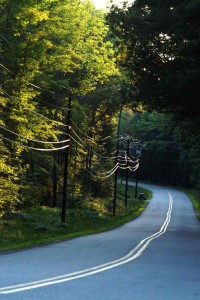

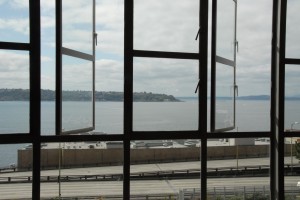

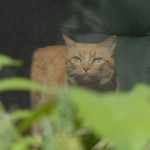

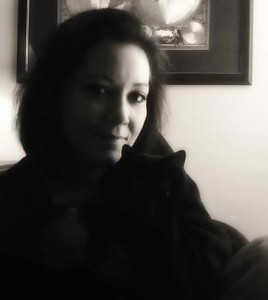


 Twitter
Twitter LinkedIn
LinkedIn Facebook
Facebook